Auto-Crafting
Crafting CPU
Manages a single auto crafting task from start to finish, built of various crafting units.
To be a valid crafting CPU, two rules must be met:
- The CPU must be a cuboid, completely composed of the parts listed above; air or other blocks are not valid.
- The CPU must contain at least 1 storage component.
The crafting CPU as a multi-block only requires a single channel for the entire structure. Crafting co-processors increase the number of tasks the crafting CPU can perform at once; with no co-processors, the crafting CPU can perform a single task at a time. Storage requirements are moderately complicated, and do not follow the usual ME storage math, but for a first approximation, you will need a little over one byte per input item, output item, or operation.
You can name your Crafting CPUs by naming any of the crafting units it is made up of with an Inscriber or an Anvil.
To provide patterns to the autocrafting cpus you can use ME Item Interface or ME Item Level Emitter.
Components
Crafting Unit
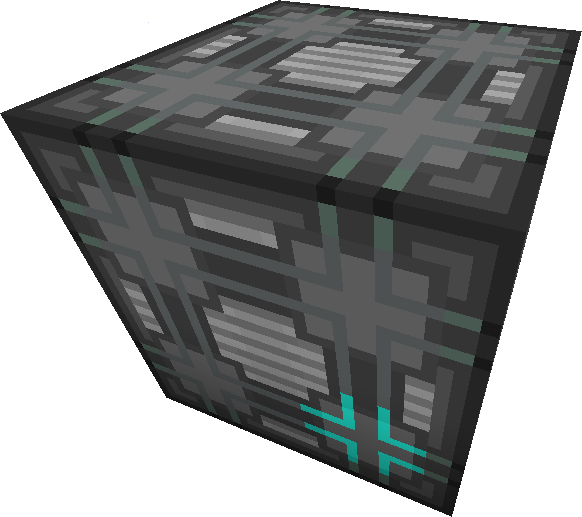
This particular block provides the CPU with no additional features, but can be used as a "filler" block. It is the base for crafting the other functional components of a crafting CPU.
Crafting Storage
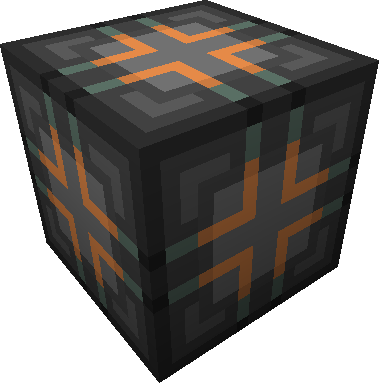
Provides 1024 bytes of storage for crafting.
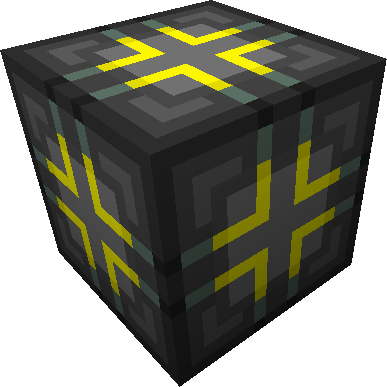
Provides 4,096 bytes of storage for crafting.
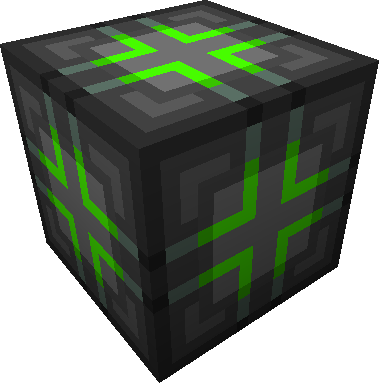
Provides 16,384 bytes of storage for crafting.
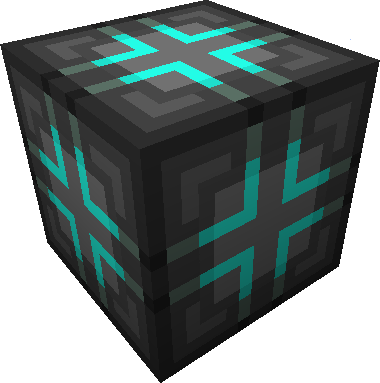
Provides 65,536 bytes of storage for crafting.
Co-Processor
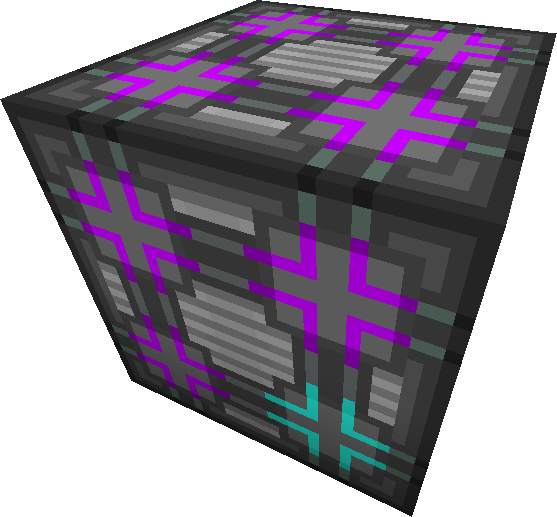
Provides additional item delivery from the CPU to the ME Pattern Provider for crafting.
This can be used to make more assemblers active in parallel for the job, and thus increase overall crafting speed. These only help if your setup has steps properly separated so the system can run multiple tasks in parallel, or even split the same pattern across multiple interfaces.
Crafting Monitor

Displays the top level job and its current progress so you can see what a particular Crafting CPU is currently working on.
Pattern Provider
Recipes need to be encoded into patterns to be usable by crafting CPUs. The encoded patterns need to be put into pattern providers on the same network as the Crafting CPU itself. When the crafting CPU then needs to craft the primary result of that pattern, it'll delegate this to the pattern provider. Normally, the pattern provider will then push out the ingredients to an adjacent block (a Molecular Assembler for crafting recipes, for example), and crafting continues once the result enters the network again. This can be achieved by pushing the crafting result back into the pattern provider, an ME Item Interface or any other means that would import the crafting result into the network. Molecular assemblers are smart enough to automatically return the crafting result to the same pattern provider that provided the ingredients.
Blank Pattern
A blank pattern, once encoded as an Crafting Pattern or Processing Pattern, is used to control crafting by inserting them into Molecular Assembler and ME Pattern Provider.
Patterns can be encoded in the ME Pattern Terminal.
Crafting Patterns
Encoded version of Blank Pattern created by using the ME Pattern Terminal in "Crafting Mode".
Crafting Recipes are very specific, and automatically have an output associated with them, these are required to work with a Molecular Assembler.
The description of a crafting pattern starts with "Crafts".
Processing Recipes
Encoded version of Blank Pattern created by using the ME Pattern Terminal in "Processing Mode".
Processing recipes are not crafting recipes, they have no rules to their inputs, or outputs, and are used for things like machines or furances, they can support up to 9 different inputs, and up to 3 diffrent outputs ( these outputs cannot be random chance, each output must still be a 100% chance. )
The description of a processing pattern starts with "Creates".
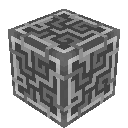 Applied Energistics 2
Applied Energistics 2